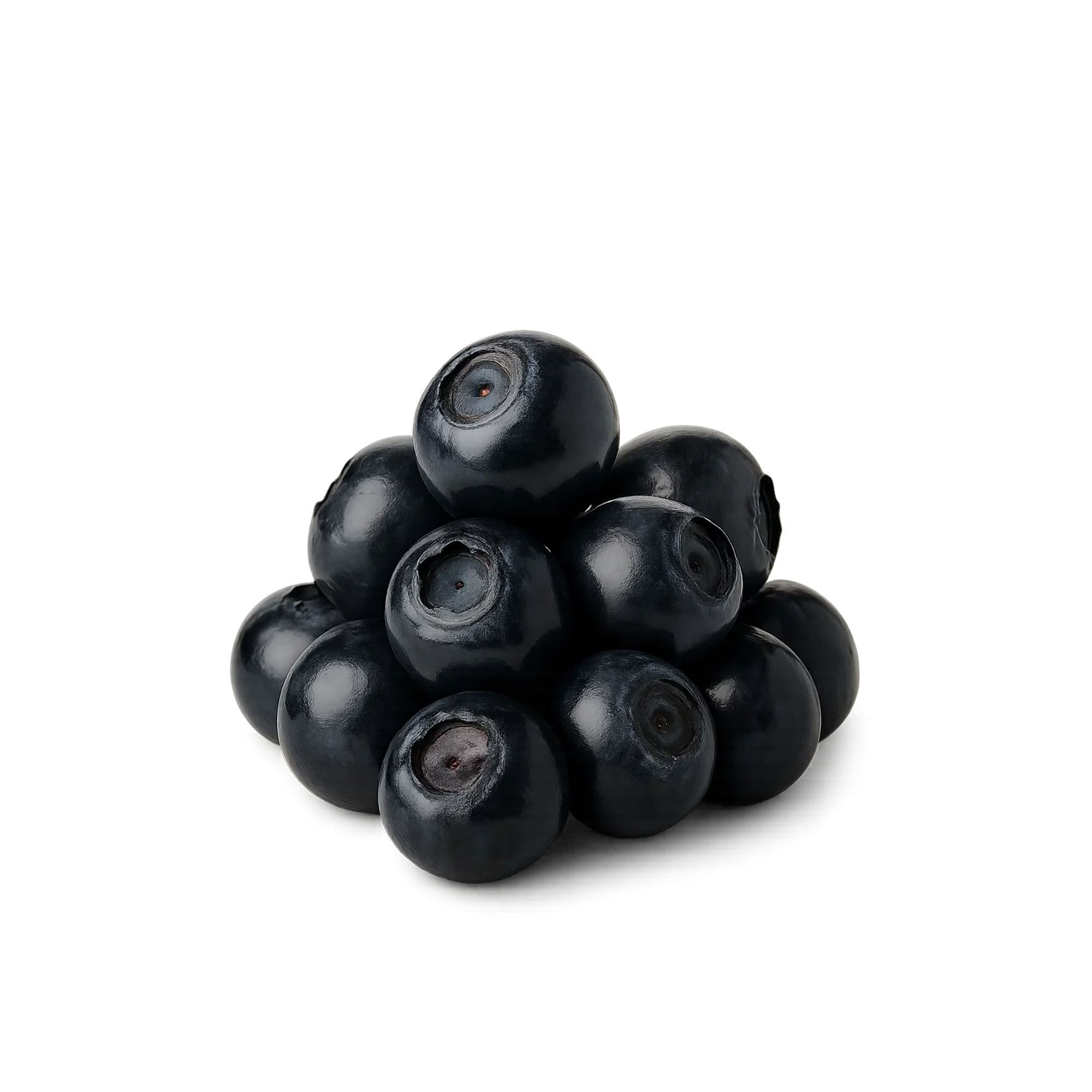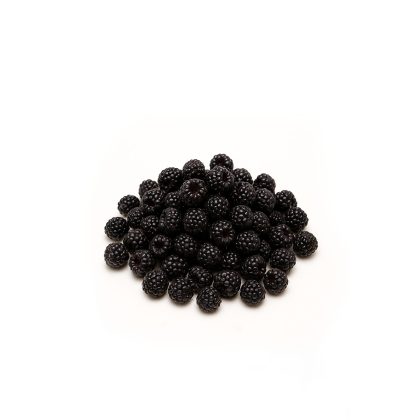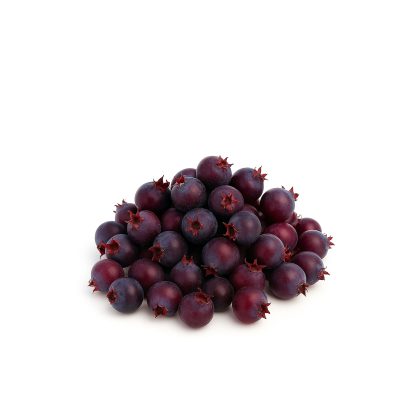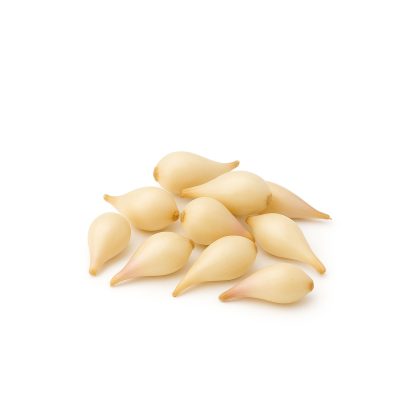Description & Taste
Wild mountain huckleberries are small, dark purple berries with an intense, tangy-sweet flavor and a vibrant, jammy finish. Similar in size to blueberries but with a more complex and concentrated taste, they offer subtle floral notes and a slight wild acidity that sets them apart. The flesh is firm and richly pigmented, with a thin skin that gives way to a burst of flavor in every bite. Each berry averages 6–10 mm in diameter and grows in loose clusters on low shrubs native to mountainous regions.
Seasons & Availability
Fresh wild huckleberries are available for a short window in late summer, typically July through early September. For year-round use, Gourmet Harvest offers them flash frozen at peak ripeness to preserve flavor, color, and nutritional value.
Fun Facts
Wild huckleberries belong to the Vaccinium genus, closely related to blueberries but are never cultivated commercially at scale—making them one of North America’s most iconic and sought-after foraged fruits. In Washington, they grow at elevations above 3,000 feet, thriving in volcanic soil, cool mountain air, and partial shade beneath conifers. Their harvest is labor-intensive, often done by hand deep in remote alpine terrain.
Nutritional Value
Huckleberries are rich in antioxidants—particularly anthocyanins, which give them their deep purple hue and are associated with anti-inflammatory and immune-supporting properties. They’re also a natural source of vitamin C, potassium, and manganese, and contain more antioxidant activity than most cultivated berries.
Culinary Applications
With their bold flavor and firm texture, huckleberries are prized in both sweet and savory preparations. They’re ideal for:
- Pies, cobblers, syrups, and preserves
- Ice creams, pastries, and glazes
- Sauces for wild game like duck, venison, or boar
- Fermented beverages, shrubs, and liqueurs
- Cocktail garnishes and reductions
They hold their shape well when cooked and offer a balance of acidity and depth that brightens both rustic and elevated dishes.
Ethnobotanical & Cultural Notes
Huckleberries have long been an important food source for Indigenous communities in the Pacific Northwest, who continue to harvest them as part of cultural and culinary tradition. Today, the berries are still celebrated in regional festivals and protected in national forests where access to prime picking areas is tightly managed to preserve wild populations.
Origin & Harvest Region
Gourmet Harvest huckleberries are wild-foraged in the high mountain ranges of central and northeastern Washington. These berries are hand-picked in remote alpine meadows, then frozen within hours to lock in the vibrant flavor of a fleeting summer season.




